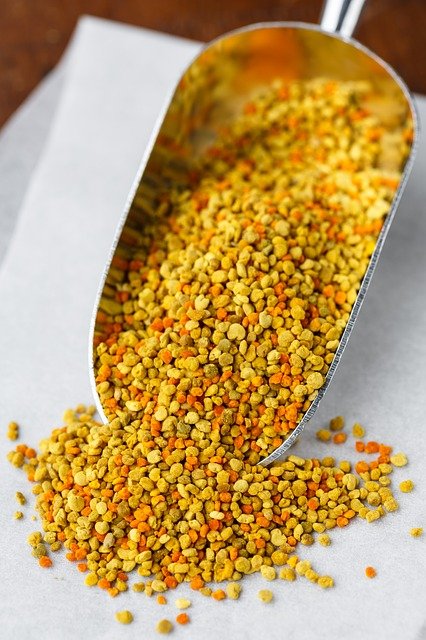Phytotherapeutic agents or phytomedicines are standardized herbal preparations consisting of complex mixtures of one or more plants which are used in most countries for the management of various diseases. According to the WHO definition (5,16,17), herbal drugs contain as active ingredients plant parts or plant materials in the crude or processed state plus certain excipients, i.e., solvents, diluents or preservatives. Usually, the active principles responsible for their pharmacological action are unknown. One basic characteristic of phytotherapeutic agents is the fact that they normally do not possess an immediate or strong pharmacological action. For this reason, phytotherapeutic agents are not used for emergency treatment. Other characteristics of herbal medicines are their wide therapeutic use and great acceptance by the population. In contrast to modern medicines, herbal medicines are frequently used to treat chronic diseases. Combinations with chemically defined active substances or isolated constituents are not considered to be herbal medicines. It is important to note that, although homeopathic preparations may frequently contain plants, they are also not considered to be herbal medicines.
Conditions for which consumers use phytomedicines in Germany, a country where herbal drugs are widely used, include: common cold (66%), flu (38%), digestive and/or intestinal diseases (25%), headache (25%), insomnia (25%), stomach ulcer (34%), nervousness (21%), circulatory disorders (15%), bronchitis (15%), skin diseases (15%), and fatigue and exhaustion (12%). However, so far, relatively few herbal drugs have been evaluated scientifically to prove their safety, potential benefits and effectiveness. The sources of raw material and the good practices of manufacturing processes are certainly the essential steps for the quality control of herbal medicines (reviewed in 2,14, 15,18).
Phytotherapeutic agents are normally marketed as standardized preparations in the form of liquid, solid (powdered extract), or viscous preparations. They are prepared by maceration, percolation or distillation (volatile oils). Ethanol, water, or mixtures of ethanol and water are used for the production of fluid extracts. Solid or powered extracts are prepared by evaporation of the solvents used in the process of extraction of the raw material. Some phytotherapeutic agents are greatly concentrated in order to improve their therapeutic efficacy. The standardized powder extract of Ginkgo biloba (50:1), for instance, means that 50 parts of raw material were processed to yield 1 part of standardized powder extract. In this process, it is also possible to remove, when necessary, some secondary metabolites present in the plants which may produce undesirable side effects (reviewed in19).


